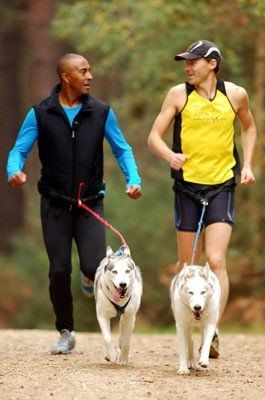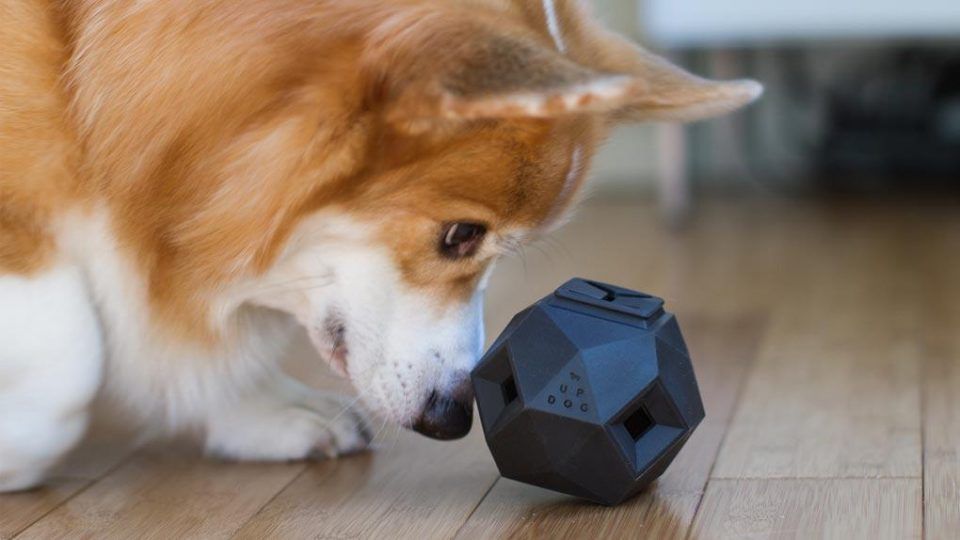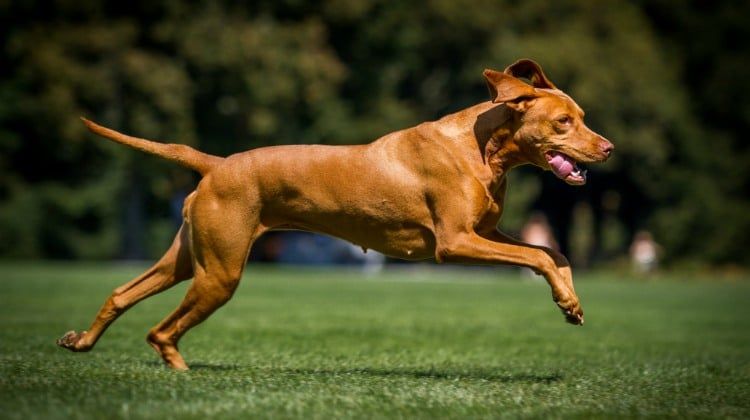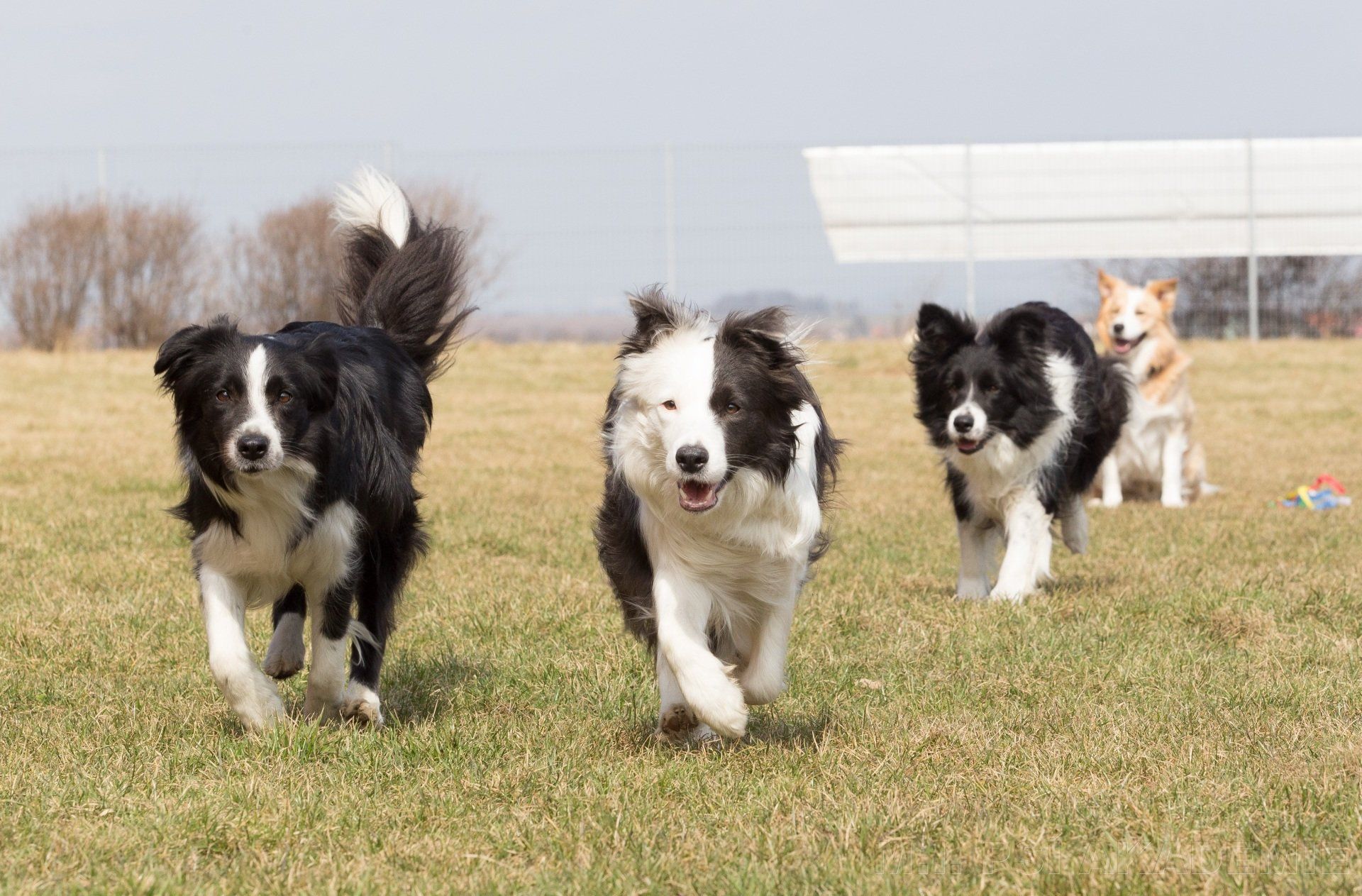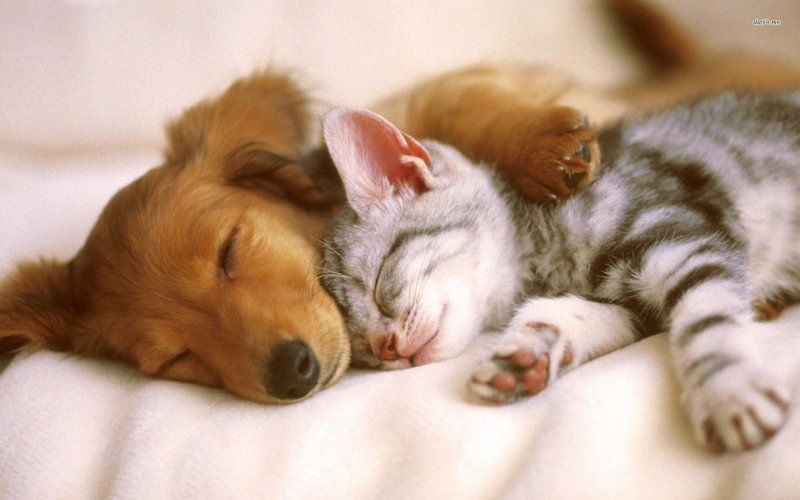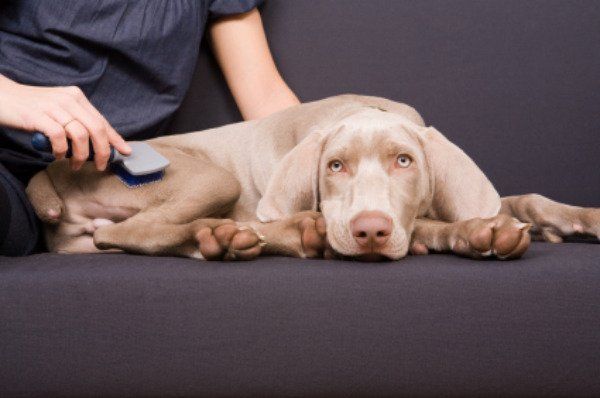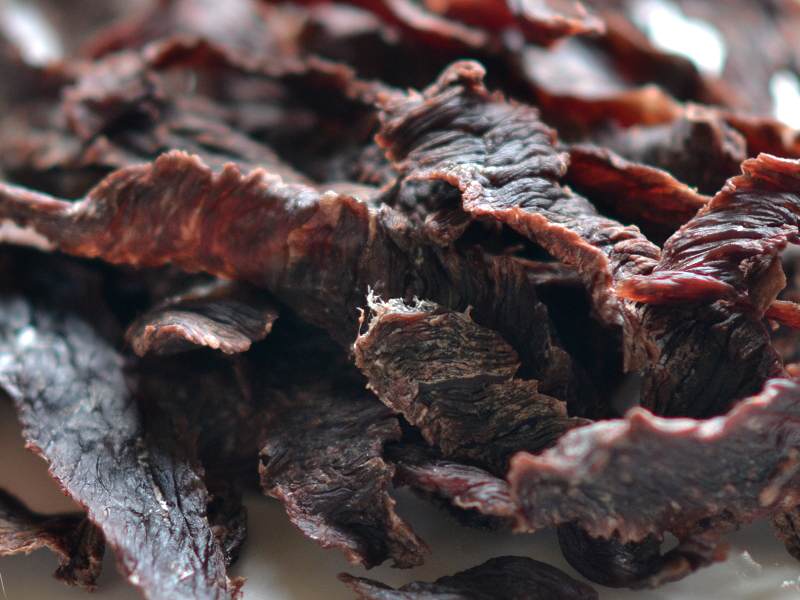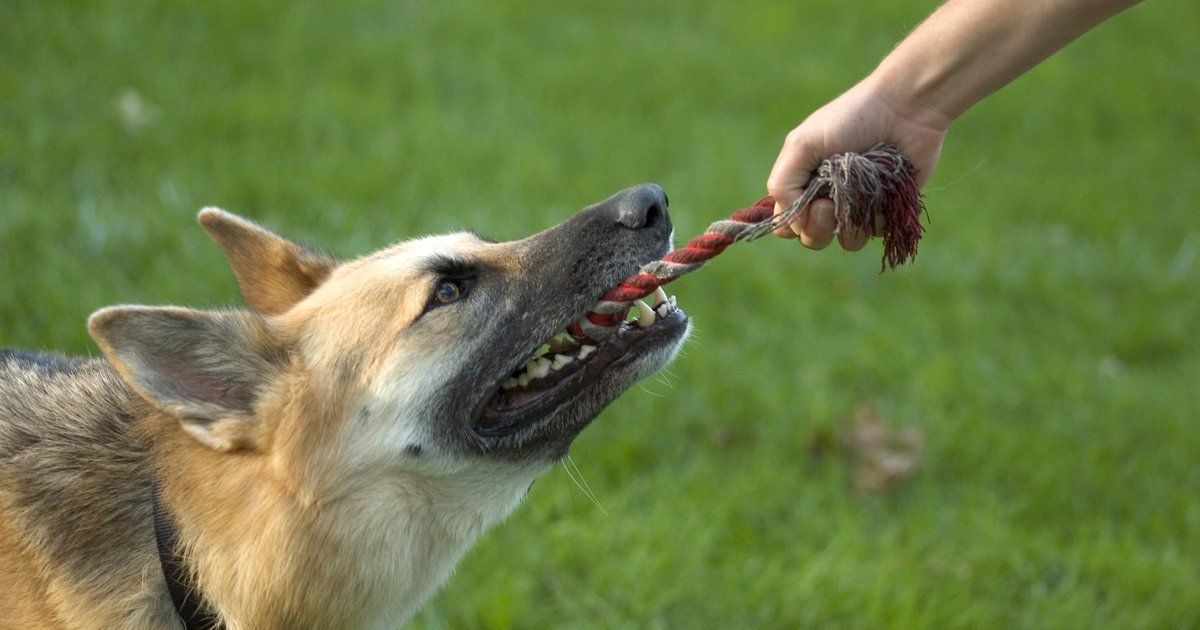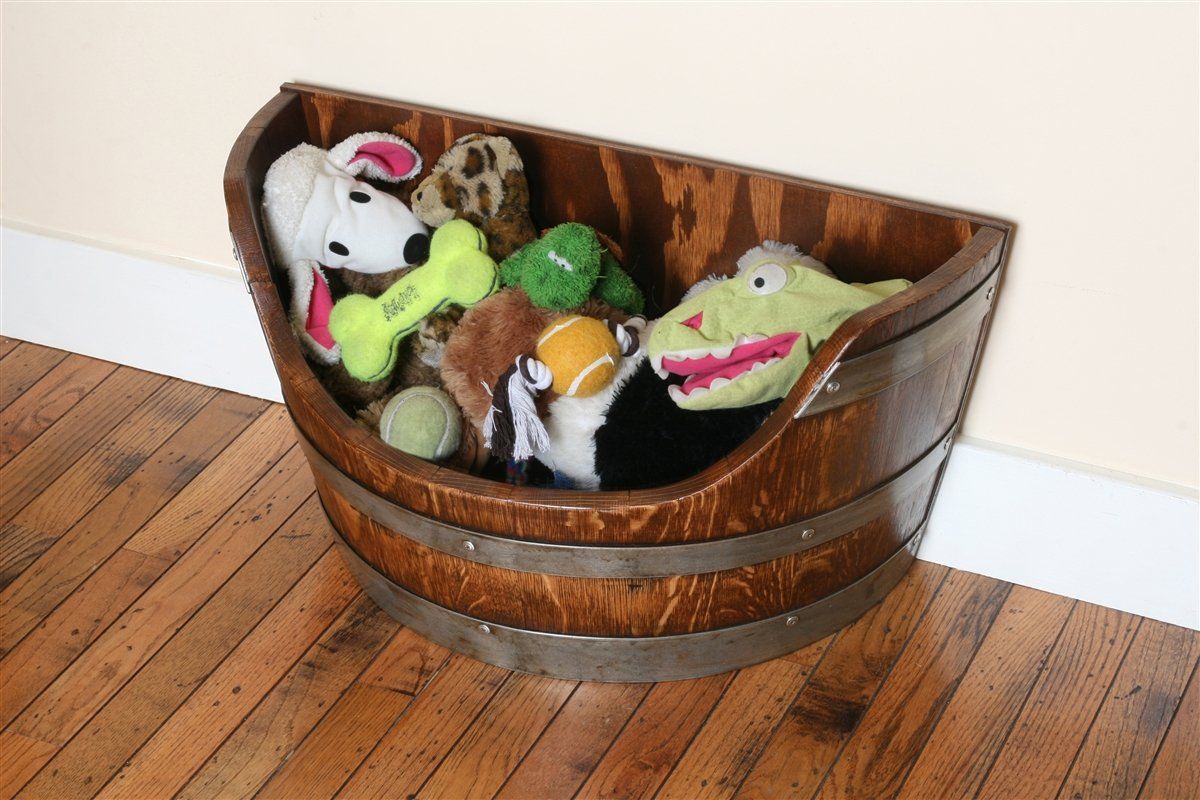Dog friendly gardens
Responsibility and Care
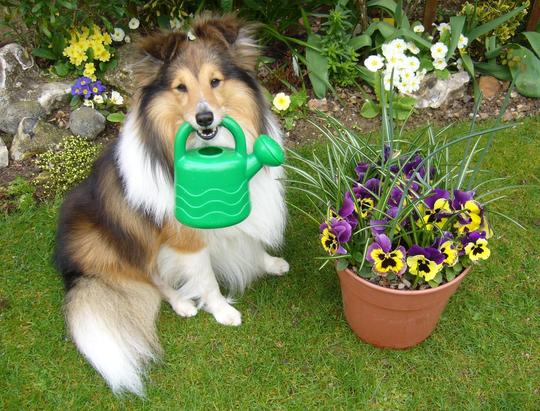
When one has a dog, one loves a back garden. Many people move to a house with a big garden, with the intent of getting a pet dog and that is to be applauded. Dogs need space to run around, and most dogs still have a bit of energy left after that long walk at the park. So having a back garden can provide and extra play time in your well known environment, and put an smile on your face, as your dog zooms around - up & down, over & under, right & left - to then fall asleep.
However, not all gardens are pet friendly, so we need to make sure that ours is one.
#1 Escape proof
Most dogs like to roam, and given the opportunity, they might just take off to smell the corners of the world. Huskies are a good example of a dog that likes to roam. A Husky is probably able to escape most simple fences to go for a walk, but with such a poor sense of direction, he might not be able to come back.
Other problems might occur such as your dog going after the neighbour's cat, causing damage to someone's property, hurting someone/something, or hurting himself. Not to mention dog-napping (which is not a dog having a nap).
To have an escape proof garden, have a good fence/wall, bushes along side it - #4 - so he can't get to the wall easily, and for some dogs, a barrier underneath the fence or wall to prevent the doggy version of the Shawshank Redemption.
#2 Paw friendly pavements
Some types of material for some pavements may cause harm or discomfort for your dog. In the summer, some materials can get really hot and burn your pooches pads, which is extremely painful. So a dog friendly material is needed.
Providing a lot of grass space is ideal, because it will be gentle on your dogs paws and nails, and won't overheat too much in the hot sun. Shingle and Woodchip can be good options but can represent other problems such as your dog starting to make snacks of them. You may also consider fake grass, but make sure it is a pet friendly one and that this includes heat retention. Patio wise, consider sandstone, flagstone, concrete and brick, which seem to be OK in the UK. Always remember that almost every stone based pavement can have a high ability to retain heat, so if you are redoing your garden, make sure you install the right type of pavement.
#3 Water sources
Running around in the garden may result in thirst, so having a little pond or fountain is always nice as well. This water source bullet point can be as simple as having a hose in the garden. This way you can just get the hose and shower/mist the ground to make it cooler or simply to remove a bit of that doggy smell on a hot day.
However, if you do have any water features in your garden, make sure they are safe and that if they're big enough for a pet or child to fall into it, that they can easily get out.
#4 Greenery
I love gardening and plants and green. But not all green is good for dogs. Some plants can harm, injure and even cause death.
Plants like Daffodils, Wysteria, Hydrangea, Fox Glove, Azaleas, Lillies, Tulips, Daphne and Yew, can cause serious malfunction in your dogs system. So when in doubt, look it up to be safe.
If you also like your garden looking nice but you have a big dog, make sure you plant accordingly. Avoid having delicate or young plants where a dog can reach, as these can easily get ran over or dug up. Invest in more robust plants such as large perennials, and sturdy shrubs that can withstand a zooming dog. Lavender makes a good border that is sturdy and dog safe.
To keep our dog from getting out, plant climbing plants and vines next to your fence, which will also look beautiful as they cling and climb. Have several plants with thorns near the easiest access points of escape, as your dog will keep away from these. The rose bush is a good example.
#5 Poop area
One of the things one doesn't want, is poo showing up all over the place. Get your dog a specific soiling area and try to wash any residue away after picking it up. It's not safe to compost dog faeces since it contains dangerous parasites that won't die in a simple compost system.
#6 Resting area
Try to provide your dog with a safe and shaded resting area so your dog can take himself there to relax and escape for the hot sun. If you happen to have big trees that provide a good amount of shade, perfect. If not, try leaving a tent or parasol for your dog. If you have the space however, you can easily get a dog house or build one yourself.
#7 Keep snails and slugs out
Snails and slugs carry lungworm, which is extremely dangerous to dogs. But our pets don't know this and can sometimes try to eat them. There are many methods out there to keep these slimy animals out.
Avoid using non-organic slug pelletsas these are toxic to dogs and cats, plus all the other animals that might visit your garden.
